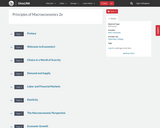
- Material Type:
- Full Course
- Provider:
- Rice University
- Provider Set:
- OpenStax College
- Date Added:
- 06/29/2017

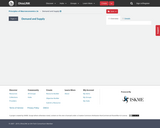
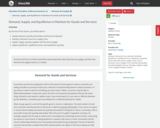
By the end of this section, you will be able to:
Explain demand, quantity demanded, and the law of demand
Identify a demand curve and a supply curve
Explain supply, quantity supplied, and the law of supply
Explain equilibrium, equilibrium price, and equilibrium quantity
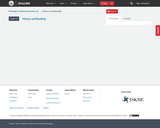
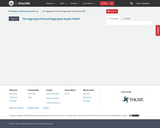

In this chapter, you will learn about:
Macroeconomic Perspectives on Demand and Supply
Building a Model of Aggregate Demand and Aggregate Supply
Shifts in Aggregate Supply
Shifts in Aggregate Demand
How the AD/AS Model Incorporates Growth, Unemployment, and Inflation
Keynes’ Law and Say’s Law in the AD/AS Model

By the end of this section, you will be able to:
Explain Say’s Law and understand why it primarily applies in the long run
Explain Keynes’ Law and understand why it primarily applies in the short run
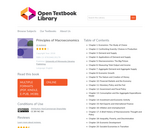
Recognizing that a course in economics may seem daunting to some students, we have tried to make the writing clear and engaging. Clarity comes in part from the intuitive presentation style, but we have also integrated a number of pedagogical features that we believe make learning economic concepts and principles easier and more fun. These features are very student-focused. The chapters themselves are written using a “modular” format. In particular, chapters generally consist of three main content sections that break down a particular topic into manageable parts. Each content section contains not only an exposition of the material at hand but also learning objectives, summaries, examples, and problems. Each chapter is introduced with a story to motivate the material and each chapter ends with a wrap-up and additional problems. Our goal is to encourage active learning by including many examples and many problems of different types.

Economic Education Specialist, Scott Wolla, explains the concept of supply in this episode of the Economic Lowdown Video Series. Students will learn how changes in the price of a good affect the quantity of the goods produced and how changes in market conditions will affect the supply curve.